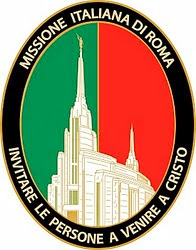If you would like to submit a question to be answered here, please send your question to faq@taylorgarrett.info.
[qa]
Thoughts and Reflections from the Mission Field
If you would like to submit a question to be answered here, please send your question to faq@taylorgarrett.info.
[qa]




Copyright © 2024 Taylor A. Garrett · Log in
Click on pin for assignment information